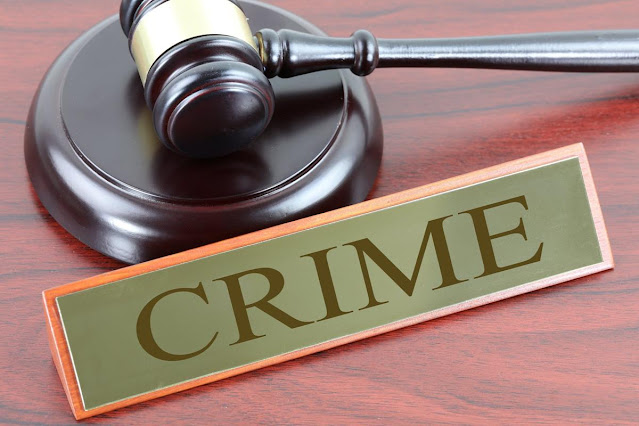 |
| Representative Image |
By: Gargi Sud
India recorded a steep decline in the number of juvenile rape convicts over the past 8 years (2012-2020) according to the data provided by the National Crime Records Bureau (NCRB). While this decline is reflected across all the age groups that qualify as juvenile, the prominent decline is seen among the age group of 16 to 18 years.
In 2020, 777 juveniles in the aforementioned age group were convicted of rape crimes. The year recorded the lowest convictions for the age groups below 12 and below 16 as well. The total convictions in the below 18 year age group for the year 2020 was 1022. This marked a 26.10 percentage decline as compared to the figure in 2019.
After the Delhi gang rape case, the number of cases being reported increased which increased the number of convicts (for all age groups) as well. The definition of who is a juvenile changed in the year 2015 under the Juvenile Justice Act where the age was reduced from 18 to 16. Initially a decline was seen in the number as a total of 1337 juveniles were convicted in 2015. But in 2016, this number increased to 1561 for the age group 16-18 reflecting a 16.75 percentage increase. Since then, there was a continuous decline in the number of juvenile convicts of rape crime, specifically in the age group 16 to 18 years.
2020 which marked the steep decline was apparently the year of the COVID-19 outbreak as well. Some observers attribute the nationwide lockdowns imposed during the various phases of the COVID-19 virus outbreak as the reason for the decline in number of juvenile rape convicts. However, others point out that it could be a case of cases not being reported.
“Lockdown can be a reason of the decline but rape cases not being reported are a major reason. 50-60% of the convictions decreases due to victim changing statements under societal pressure and due to lack of family support,” said Mr. Krishan Rana who is working with Gunjan, a NGO working for women and child empowerment in Dharamshala, Himachal Pradesh.
According to a police official in Dharamshala, children below 18 years of age are exposed to a lot of peer pressure and are curious to know about new things and experiment them. They suggested that it is important for parents to have a friendly relation with children and to counsel them at different points of time.
The official also stated that it is often seen that the victims change their original statements and often refuse to identify the arrested culprits leading to dismissal of the case without conviction.
Rana also point out that unrestricted use of gadgets and the access to inappropriate content through the gadgets could be one reason for juveniles committing such crimes. “The child should be made aware about the appropriate content from the very beginning. There should be a proper timing for the children to use a gadget under parental check. Parental locks should be used. I have taken a parental lock for my child because it is parent’s responsibility to keep a check on the content and apps being used by the child,” says he.
According to him, the laws to prevent sexual assault need to be strict in both juvenile as well as adult cases. “Sixteen is a bigger age since there are a lot of cases reported from schools especially in metro cities. There is a need for strict ruling and guidelines. 6 months rehabilitation period will not have much impact on a rapist so the rehabilitation term should be increased to 1-2 years,” he said.
However, imprisonment may not be the most effective correctional measure for juvenile convicts. According to Rana, a juvenile rape convict should not be sent to the adult jail as it increases their chances of getting “exploited” by adult criminals. “Juvenile rehabilitation centers should be properly inspected by the government to avoid any societal discrimination and there must be provisions for education of the convicts”, said he.

